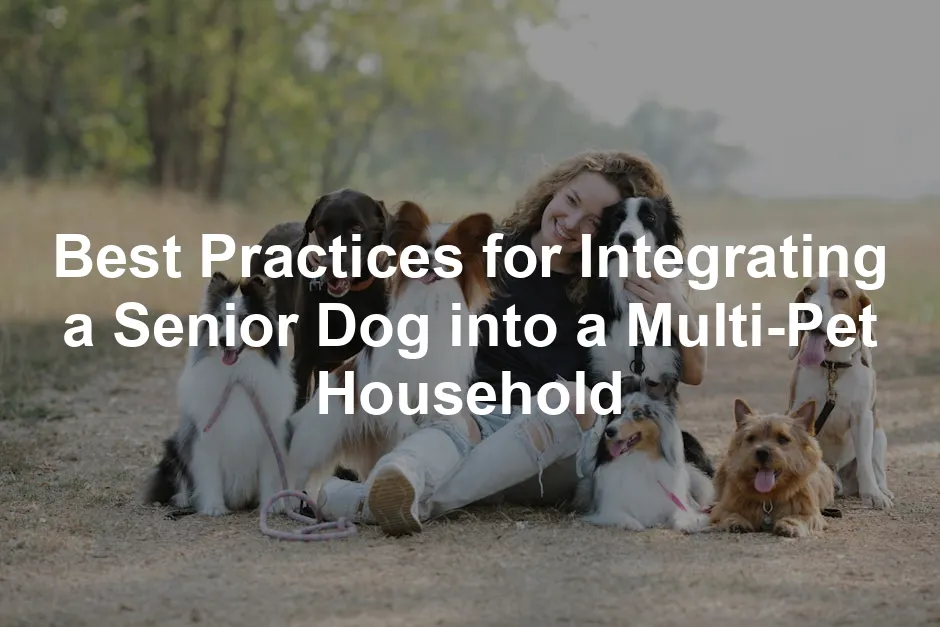Introduction
Bringing a senior dog into a multi-pet household can be like adding a fine wine to a dinner party—if done right, it can enhance the experience for everyone involved. However, just as with wine, the wrong pairing can lead to tension and discomfort. Senior dogs bring a wealth of experience and personality, but they also have unique needs that require careful consideration during the integration process.
When welcoming an older pup, it’s essential to create a nurturing environment that respects their pace and preferences. After all, this isn’t just about making room for another furry friend; it’s about ensuring your new companion feels safe and comfortable. In this guide, we’ll explore best practices for ensuring a smooth transition for your new senior furry friend, helping your entire pet family coexist harmoniously.
From understanding their unique needs to managing introductions, we’ll cover everything you need for a successful integration. By following these steps, you can create a loving home where all pets thrive together, turning your household into a bustling haven of wagging tails and happy barks.

Summary of Key Points
Integrating a senior dog into a multi-pet household is a rewarding but complex task. This article will cover essential steps, including preparing your home, understanding the dynamics of your existing pets, and executing proper introductions.
You’ll learn how to create a safe and welcoming environment for your senior dog, manage interactions with existing pets, and provide ongoing support as they acclimate to their new home. Additionally, we will address common challenges and provide solutions to foster positive relationships among your pets.
Key points include:
- Preparation: Set up your space to accommodate your senior dog’s needs. Ensure they have quiet areas to retreat to and easy access to essentials like food and water.
- Understanding Dynamics: Assess the personalities and energy levels of your current pets. This insight will help you decide on the best approach for introducing your new dog.
- Gradual Introductions: Use neutral spaces for initial meetings. Allow your dogs to sniff and observe each other without pressure. Patience is crucial here!
- Monitoring Behavior: Keep an eye on how all pets interact. Look for signs of stress or aggression and be ready to intervene if necessary.
- Ongoing Support: Continue to offer love and attention to all pets, ensuring no one feels neglected during this transition.
By following these best practices, you can ensure that your senior dog enjoys their golden years surrounded by love, comfort, and companionship.

Preparing Your Home
Creating Safe Spaces
Welcoming a senior dog into your multi-pet household requires thoughtful preparation. Start by designating quiet areas where your new furry friend can retreat when feeling overwhelmed. These spaces should be away from the hustle and bustle of daily activities, allowing your senior dog to relax.
Comfort is key. Provide soft, cozy bedding in these safe zones. Think about orthopedic dog beds that support aging joints. Accessibility is also vital—ensure their food and water bowls are easy to reach, minimizing the need for them to navigate any obstacles. Consider placing bowls near their resting area for convenience.

Adjusting the Environment
Next, it’s time to adjust your home environment for safety. Remove potential hazards that could pose risks to your senior dog. For instance, if you have stairs, consider adding non-slip stair treads or a ramp, making it easier for them to navigate. Slippery floors can be tricky; using rugs or mats can provide stability.
Utilize baby gates to restrict access to certain areas, like stairs or rooms where younger pets might play rough. This helps manage interactions and allows your senior dog to feel secure. Crates can also be beneficial. They provide a safe haven where your dog can retreat when they need a break. Remember, a little preparation goes a long way in ensuring a safe and welcoming environment for your senior companion.
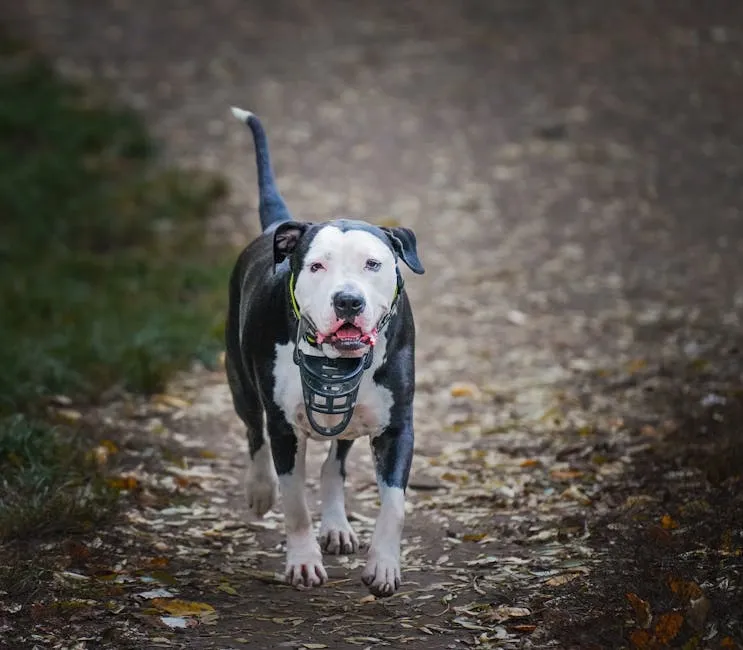
The Introduction Process
Choosing the Right Time and Place
When it’s time to introduce your senior dog to the rest of the pack, selecting the right moment and location is crucial. Aim for neutral territory, like a park or a friend’s yard. This minimizes territorial behavior, allowing your senior to feel less threatened. Avoid crowded or noisy environments that might heighten stress levels.
Timing also matters. Choose a day when everyone is calm and relaxed. Avoid introducing the dogs during high-stress times, such as holidays or when you’re busy. A peaceful setting sets the stage for positive interactions.

Step-by-Step Introduction Guide
Begin with on-leash introductions. Keep both dogs on leashes, held loosely by different people. Start by walking them parallel to each other at a safe distance. This allows them to observe one another without direct confrontation. Gradually decrease the distance as they exhibit calm behavior.
If either dog shows signs of stress, such as growling or barking, create space. Remember, positive associations are essential. Reward calm behavior with treats and praise. It’s crucial to allow for gradual interactions over several days or even weeks. This helps both dogs acclimate and builds trust.

Signs of Stress to Monitor
Watch for subtle body language cues from both your senior dog and existing pets. Ears pinned back, tail tucked, or avoidance behavior indicates discomfort. If tensions arise, don’t panic. Separate the dogs calmly and give them time to unwind before attempting another introduction.
If stress persists, consider consulting a professional trainer. They can provide tailored advice to help navigate the introduction process smoothly. Remember, patience is your best friend during this transition!
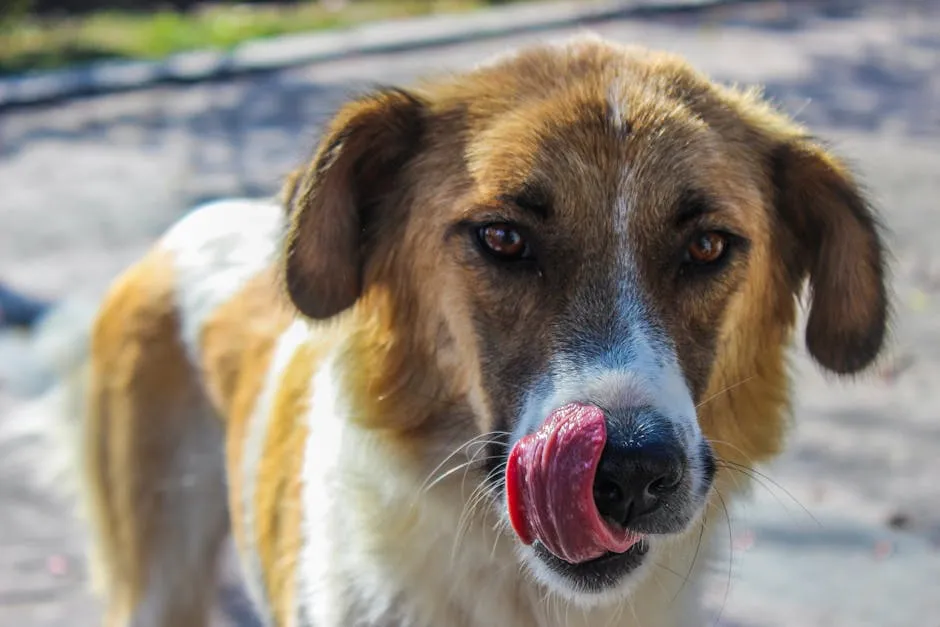
Managing Interactions Post-Introduction
Setting Boundaries
When integrating a senior dog into a multi-pet household, setting clear boundaries is essential. First, establish rules for feeding, playtime, and resting areas. Consider the needs of your senior dog, who may require more space and quiet time than younger, more energetic pets. Designate specific areas where each dog can eat, play, or rest without feeling crowded.
Feeding time can be a potential flashpoint for conflict. To prevent resource guarding, create separate feeding spaces for each pet. This minimizes the chance of jealousy or competition over food. Position their bowls in distinct areas, away from each other, and supervise mealtimes to ensure everyone eats peacefully. Remember, a little organization can prevent a lot of drama!
Don’t forget about playtime. Set rules about which toys can be used and when. This helps prevent arguments over beloved items. If your senior dog is less playful, allow them a quiet space to observe the younger pets at play. Consider engaging your senior in low-energy activities, such as gentle fetch or puzzle toys, to keep them mentally stimulated.
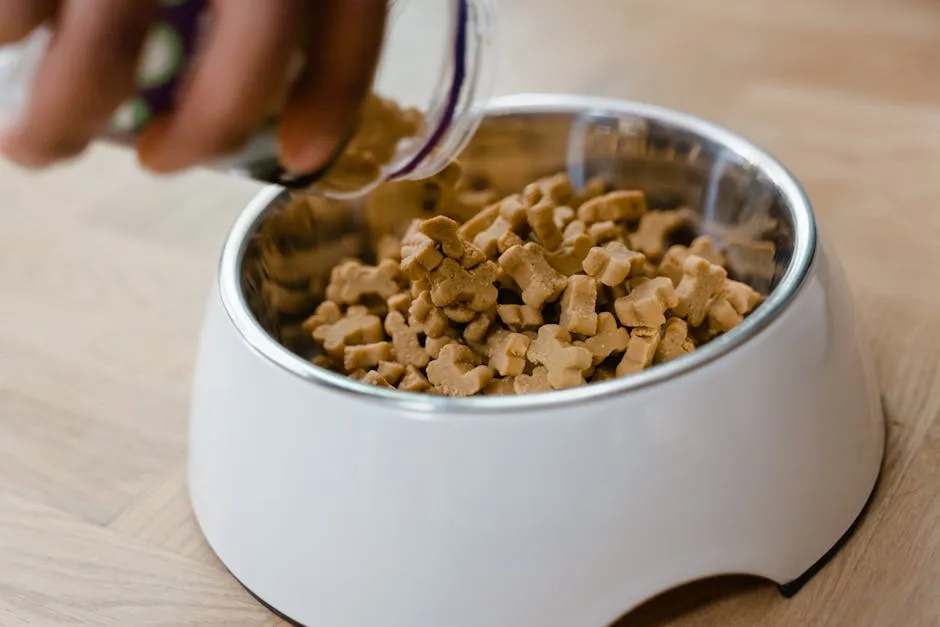
Encouraging Positive Relationships
Fostering positive relationships among your pets is key to a harmonious household. Start by using positive reinforcement to reward good behavior. When your pets interact calmly, shower them with praise and treats. This helps them associate each other with positive experiences. For more on effective techniques, check out effective positive reinforcement techniques for stubborn dogs.
Engaging in joint activities is another fantastic way to build bonds. Take your dogs on walks together, allowing them to explore their surroundings side by side. Joint outings can ease tension and cultivate camaraderie. Consider incorporating games like tug-of-war with appropriate toys, promoting teamwork and fun. Speaking of toys, check out dog squeaky toys for extra fun!
Remember, patience is crucial. If interactions are tense, take a step back and allow each pet to adjust. Gradual exposure can work wonders. Over time, they will develop a deeper understanding and appreciation for one another.
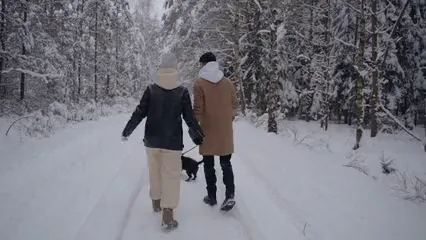
Common Challenges and Solutions
Addressing Behavioral Issues
Integrating a senior dog into a multi-pet household can come with challenges. Common issues include jealousy, anxiety, and even aggression. Watch for signs of stress, such as growling or excessive barking. If you notice these behaviors, step in calmly and redirect their focus.
For jealousy, ensure you give equal attention to all pets. Spend quality time with each one separately to reinforce their importance in the family. If anxiety arises, consider providing safe spaces where they can retreat and feel secure. A pet first aid kit can also give you peace of mind during this transition.
Seek professional help if aggressive behaviors persist. A dog trainer or behaviorist can provide tailored strategies to address specific issues. Sometimes, a little extra guidance is all you need to transform a tense situation into a peaceful coexistence.
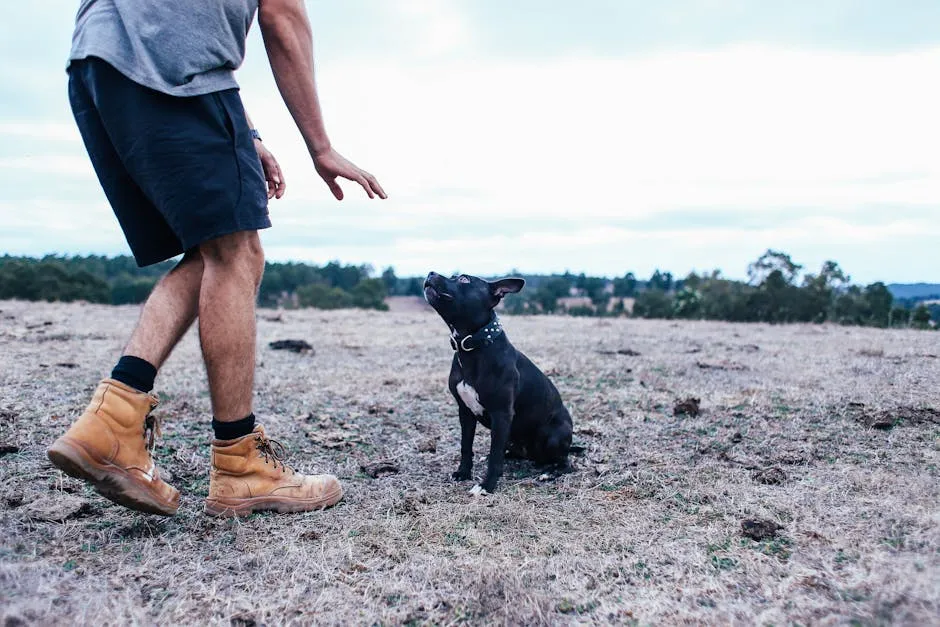
Health and Wellness Considerations
Monitoring the health of all pets is crucial, especially your senior dog. Aging dogs may have unique health concerns that require regular vet visits. Schedule routine check-ups and stay informed about their dietary needs. An appropriate diet can help manage weight and support overall health. For more information on choosing the right food, visit this guide to choosing the right dog food for senior dogs.
Exercise is another vital component. While your senior dog may not be as energetic as younger pets, they still need regular activity. Short, gentle walks can be beneficial, helping them maintain mobility and mental sharpness. A dog travel water bottle is perfect for keeping them hydrated on those outings!
Pay attention to any changes in behavior or health. If you notice signs of stress or discomfort, consult your veterinarian. Keeping all pets healthy and happy is essential for a thriving multi-pet household.

Conclusion
Integrating a senior dog into a multi-pet household can be an enriching experience. Not only does it benefit your new pet, but it also enhances the lives of your existing companions. By implementing best practices—like preparing your home, managing introductions, and fostering positive relationships—you’ll cultivate a nurturing environment where every pet can flourish.
The journey may test your patience and understanding. However, the rewards of a harmonious household filled with love, laughter, and wagging tails are undeniably worth the effort. Your senior dog will bring a wealth of experience and wisdom to your pack. Meanwhile, your existing pets will have the chance to form new bonds and learn from their new friend.
As you embark on this adventure, remember to celebrate the small victories and enjoy the process. Every moment spent together helps forge connections that will last a lifetime. Together, you can create a joyful home where every pet thrives in companionship.
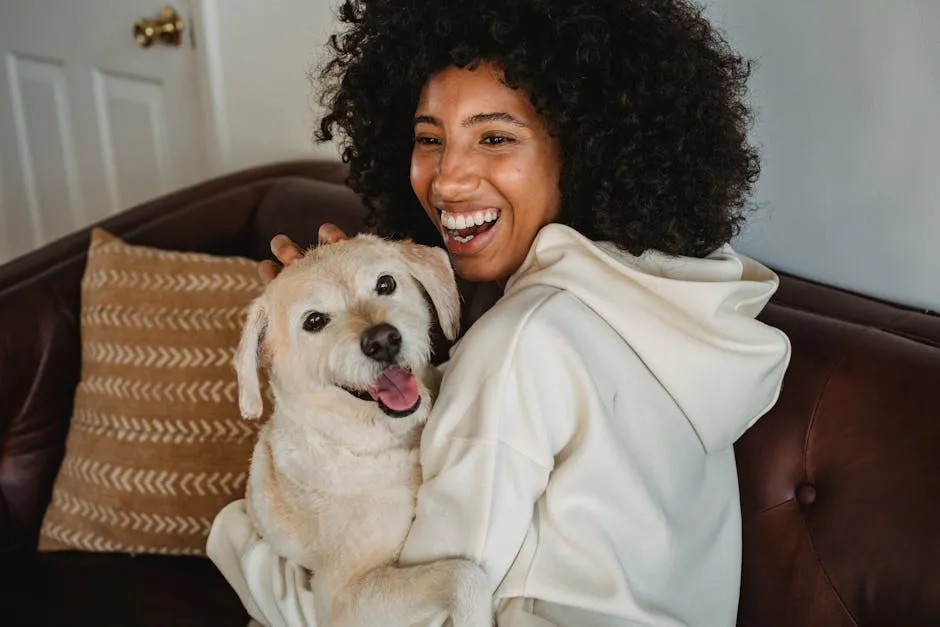
FAQs
How long does it take for a senior dog to adjust to a new multi-pet household?
The adjustment period varies based on individual personalities and past experiences. Generally, it can take anywhere from a few days to several weeks. Some senior dogs adapt quickly, while others may need more time. Be patient and allow your new pet to set the pace.
What if my existing pets don’t get along with the new senior dog?
Conflict can happen, but don’t despair! Gradual introductions are key. Start by allowing your pets to observe each other from a distance. If tensions arise, give them space and revisit introductions later. Consider using gates or crates to manage interactions safely until they become more comfortable together.
Are there specific breeds that are better suited for multi-pet households?
Absolutely! Breeds known for their friendly and adaptable temperaments often fare better in multi-pet households. Consider breeds like Labrador Retrievers or Golden Retrievers, which are typically social and tolerant. However, it’s essential to assess each dog’s individual personality and energy levels, regardless of breed.
How can I ensure my senior dog is comfortable with younger, more energetic pets?
Supervise playtime to prevent overwhelming your senior dog. Provide separate spaces where they can retreat when needed. Engage in low-energy activities like gentle walks or puzzle toys that cater to your senior dog’s abilities while allowing younger pets to burn off energy elsewhere.
What signs indicate that my senior dog is stressed or uncomfortable?
Look for signs such as panting, pacing, excessive barking, or hiding. Changes in appetite or sudden aggression can also signal discomfort. If you notice these behaviors, give your senior dog some space and consider consulting a veterinarian or a professional trainer for additional support.
Please let us know what you think about our content by leaving a comment down below!
Thank you for reading till here 🙂
All images from Pexels

